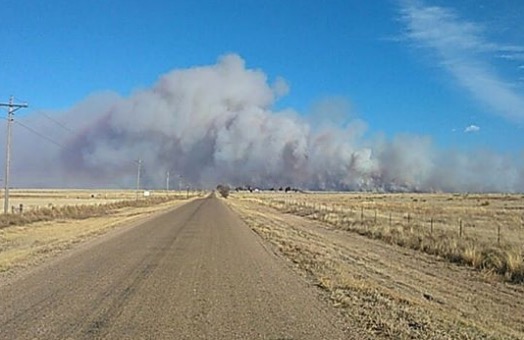
(This article first appeared at FireAviation.com)
The Colorado Division of Fire Prevention and Control (DFPC) wishes to obtain additional aircraft for their firefighting fleet during the COVID-19 pandemic. In a letter to Governor Jared Polis and members of the General Assembly, the Director of the Division of Fire Prevention and Control, Mike Morgan, will be requesting $7.7 million to add three air tankers, a helicopter, and a fixed wing aircraft in order to provide aggressive initial attack and to supplement the limited number of ground resources available during the pandemic.
Currently the state owns two Multi-Mission Aircraft used for mapping reconnaissance. On contract they have two Exclusive Use (EU) Helicopters each with 12-person DFPC Helitack Crews, two EU Single Engine Air Tankers (SEATS), and three Call-When-Needed (CWN) SEAT contracts.
If approved by the Governor and the Assembly the additional aircraft, all on EU contracts, would include one large air tanker on a 120-day contract, two single engine air tankers (SEATs) on 150-day contracts, a Type 2 helicopter on a 120-day contract, and an Air Attack fixed-wing aircraft on a 180-day contract for aerial supervision and airspace coordination.
The 747 SuperTanker is on a CWN contract with Colorado but it needs to take and pass another grid test before it can be used on a fire in the United States. It has been certified by the Interagency Airtanker Board on an interim basis, but that has expired. After having made modifications to the retardant delivery system, the operator, Global SuperTanker, believes the aircraft will pass the test, but scheduling it during the pandemic has proved to be difficult.
Colorado also has a CWN contract for a P-3 large air tanker operated by Airstrike.
The state’s Wildfire Emergency Response Fund (WERF), part of an effort to keep fires small, provides funding or reimbursement for the first air tanker flight or the first hour of a firefighting helicopter, and/or two days of a wildfire hand crew at the request any county sheriff, municipal fire department, or fire protection district.
The firefighting goals of the DFPC include:
- Generating an incident assessment for every fire within 60 minutes of request or detection.
- Delivering the appropriate aviation suppression resources to every fire within 60 minutes of the request.
- Providing on-scene technical assistance and support within 90 minutes of request for support from a local agency.
Colorado has beefed up their ground resources this year, adding three additional 10-person modules (hand crews) which raises the total number of modules to four, with one in each quadrant of the state.

The DFPC continues to partner with the Colorado Department of Transportation (CDOT) to increase the availability of bulldozers, road graders, and other heavy equipment for wildfire suppression. To date, 75 CDOT equipment operators have received basic training.
Like other firefighting organizations, Colorado realizes that the pandemic is likely to reduce the availability and productivity of firefighters. Staffing of Incident Management Teams (IMTs) may be constrained by a reduced number of personnel who are available to leave their home jurisdictions. The DFPC is developing cadre lists of State and local personnel who can form multiple Type 3 IMTs for suppressing wildfires.

Colorado could do the cup test with the Center of Excellence and take the findings of the 2013 Colorado Air Tanker Study and use only C-130 air tankers.